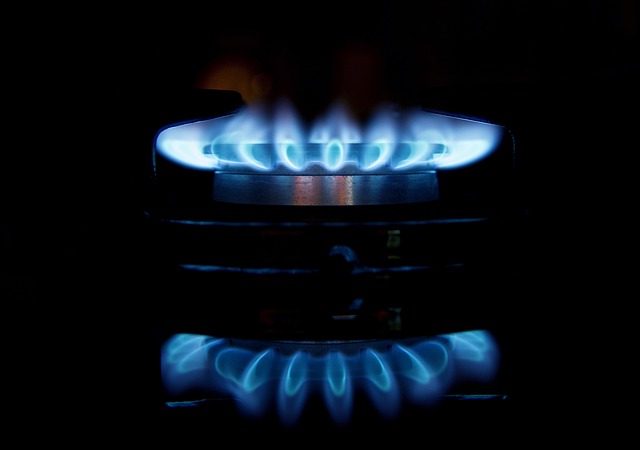
Revision of Natural Gas Demand growth prospects
Global natural gas consumption is expected to contract slightly in 2022 and grow slowly over the following three years as Russia’s war in Ukraine pushes up prices and fuels fears of further supply disruptions, according to the IEA’s latest Gas Market Report.
Today’s record high gas prices are depressing demand and causing some gas users to switch to coal and oil, while recent sharp cuts in Russian gas flows to Europe are raising alarms about supplies ahead of the winter. The turmoil is damaging natural gas’ reputation as a reliable and affordable energy source, casting doubts about the role it was expected to play in helping developing economies meet rising energy demand and transition away from more carbon-intensive fuels.
The recent developments have led to a considerable downward revision of gas’ growth prospects. Global gas demand is set to rise by a total of 140 billion cubic metres (bcm) between 2021 and 2025, according to the new Gas Market Report – less than half the amount forecast previously and smaller than the 170 bcm increase seen in 2021 alone.
The downward revision in gas demand growth in the coming years is mostly the result of weaker economic activity and less switching from coal or oil to gas. Only one-fifth of it comes from efficiency gains and substituting renewables for gas, highlighting the need for greater progress on clean energy transitions. Faster roll-outs of renewable power generation and stronger efforts to use energy more efficiently would ease pressures on energy prices and help price-sensitive emerging markets access gas supplies that can deliver rapid improvements to air quality and carbon intensity.

“Russia’s unprovoked war in Ukraine is seriously disrupting gas markets that were already showing signs of tightness,” said IEA Director of Energy Markets and Security Keisuke Sadamori. “We are now seeing inevitable price spikes as countries around the world compete for LNG shipments, but the most sustainable response to today’s global energy crisis is stronger efforts and policies to use energy more efficiently and to accelerate clean energy transitions.”
The Asia-Pacific region is expected to account for half of the expected growth in global gas demand to 2025. In terms of sectors, industry is expected to account for 60% of global demand. However, those projections are subject to downward risks from high prices and potentially lower economic growth.
The European Union’s commitment to phase out gas imports from Russia – historically, its largest supplier – is having global repercussions, as Europe’s surging demand for LNG draws in deliveries initially intended for other regions. The Gas Market Report’s base case assumes that Russian pipeline gas exports to the EU will fall by over 55% between 2021 and 2025, but the report also considers an accelerated case in which they fall by over 75%.
LNG export capacity additions are set to slow down in the next three years as a result of curtailed investment plans during a period of lower prices in the mid-2010s and construction delays stemming from Covid-19 lockdowns. This raises the risk of prolonged tight market conditions. While there has been a recent surge in LNG investment decisions, the resulting infrastructure will not be operational until after 2025.
Information Source: Read More
ENERGY | ELECTRIC POWER | NATURAL GAS | AUTOMOTIVE | CLIMATE | RENEWABLE | WIND | TRANSITION | LPG | OIL & GAS | SOLAR | ELECTRIC VEHICLES| BIOMASS | SUSTAINABILITY | OIL PRICE |COMMODITIES | ELECTRIC POWER | NUCLEAR | LNG | REFINED PRODUCTS | SHIPPING|


